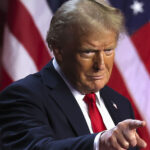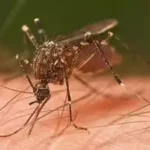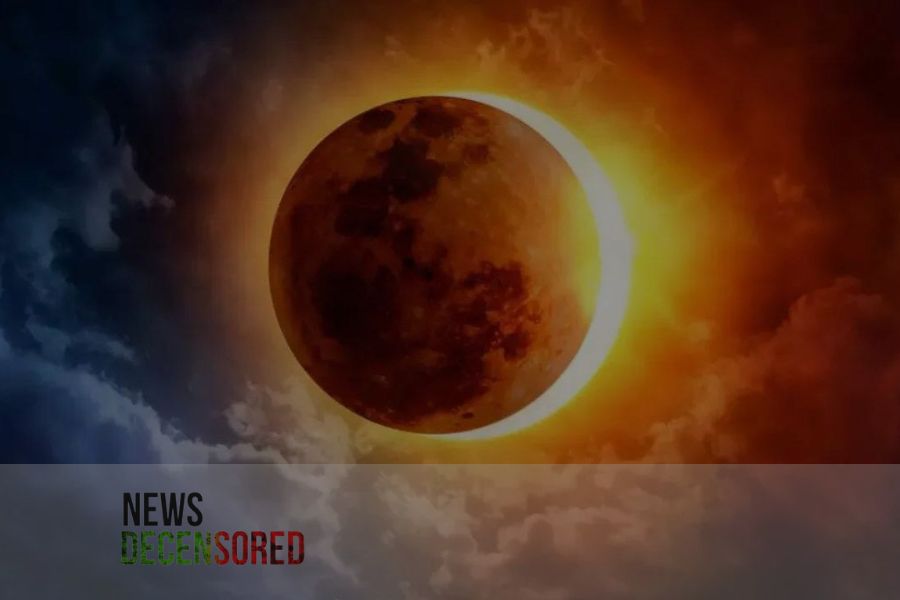NASA has published a new video clip on YouTube that includes simple tips for those who want to photograph the partial and total solar eclipse on Monday, April 8, according to what was published by the American magazine “Forbes”.
Not an ideal opportunity
“It’s the perfect opportunity to take unforgettable photos,” Mara Johnson-Groh of NASA’s Goddard Space Flight Center wrote in a blog post. What is true is that the best advice for anyone about to witness their first total solar eclipse is simple advice that warns that doing so exposes people to harm. The time a person spends fiddling with the camera during the few minutes of a total eclipse is time not spent experiencing the view of the solar corona.
Because NASA knows that this type of advice is completely ignored, it offers these tips in case you insist on photographing the eclipse:
1. Safety first
• Looking directly at the sun is dangerous for the eyes and the camera as well.
• A special solar filter should be used to protect the camera and sunglasses to protect the eyes.
• The filter is completely removed to see the outer atmosphere of the sun.
2. The right camera
• The photographer is more important than the camera.
• A tripod can be used for stabilization and a shutter release delay timer to avoid blurry images.
• Focus on the human experience in viewing the eclipse.
3. Comprehensive documentation of the moment
• All directions should be considered to help capture strange lighting and shadows during the eclipse.
• Consider taking wide-angle photos to document the eclipse experience.
4. Prior experience and practice
• The day before the eclipse, you must prepare by learning about the capabilities of the camera that will be used for photography.
• You can experiment with the adjustable capabilities and test the manual focus to get clear shots.
• It is also recommended to test your camera settings on the eclipsed sun beforehand.
5. Share snapshots
• The experience of taking eclipse photos can be shared with friends and family.
• You can also tag @NASA to link photos on social media and share them with NASA.















